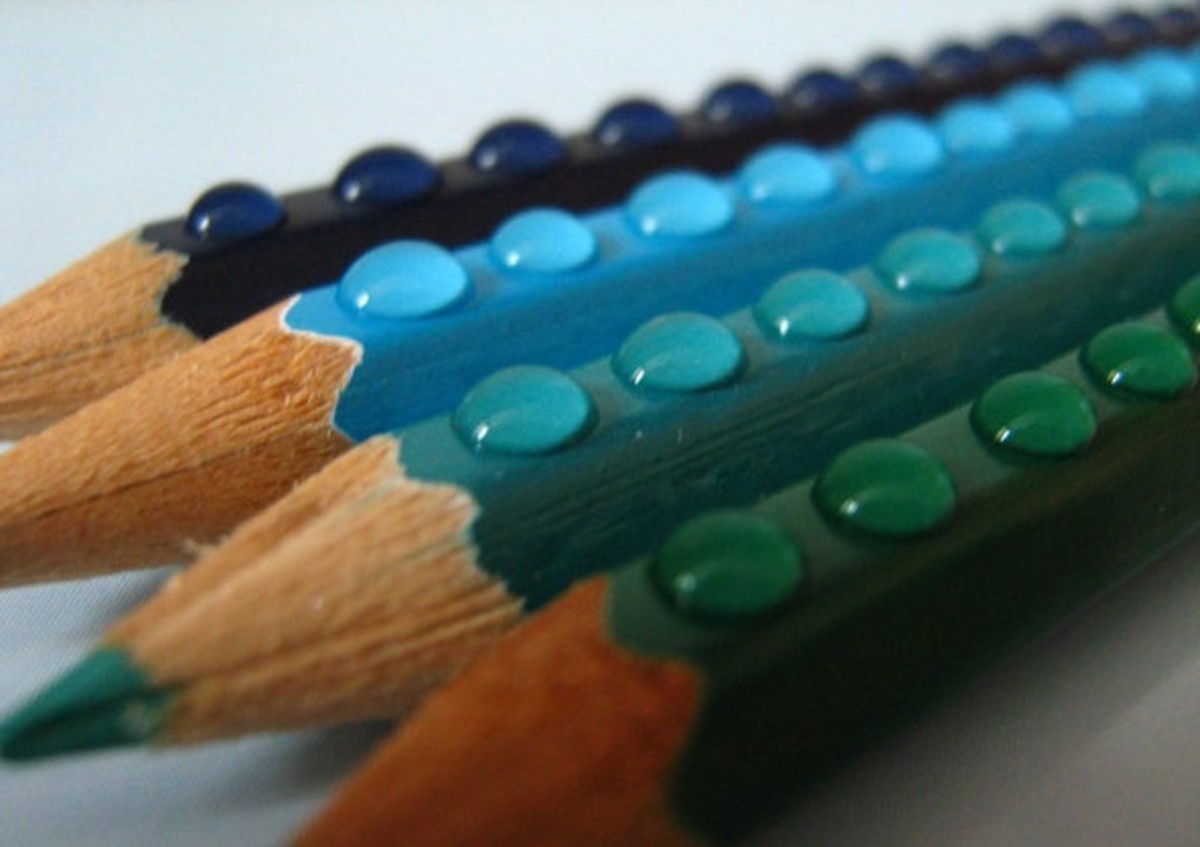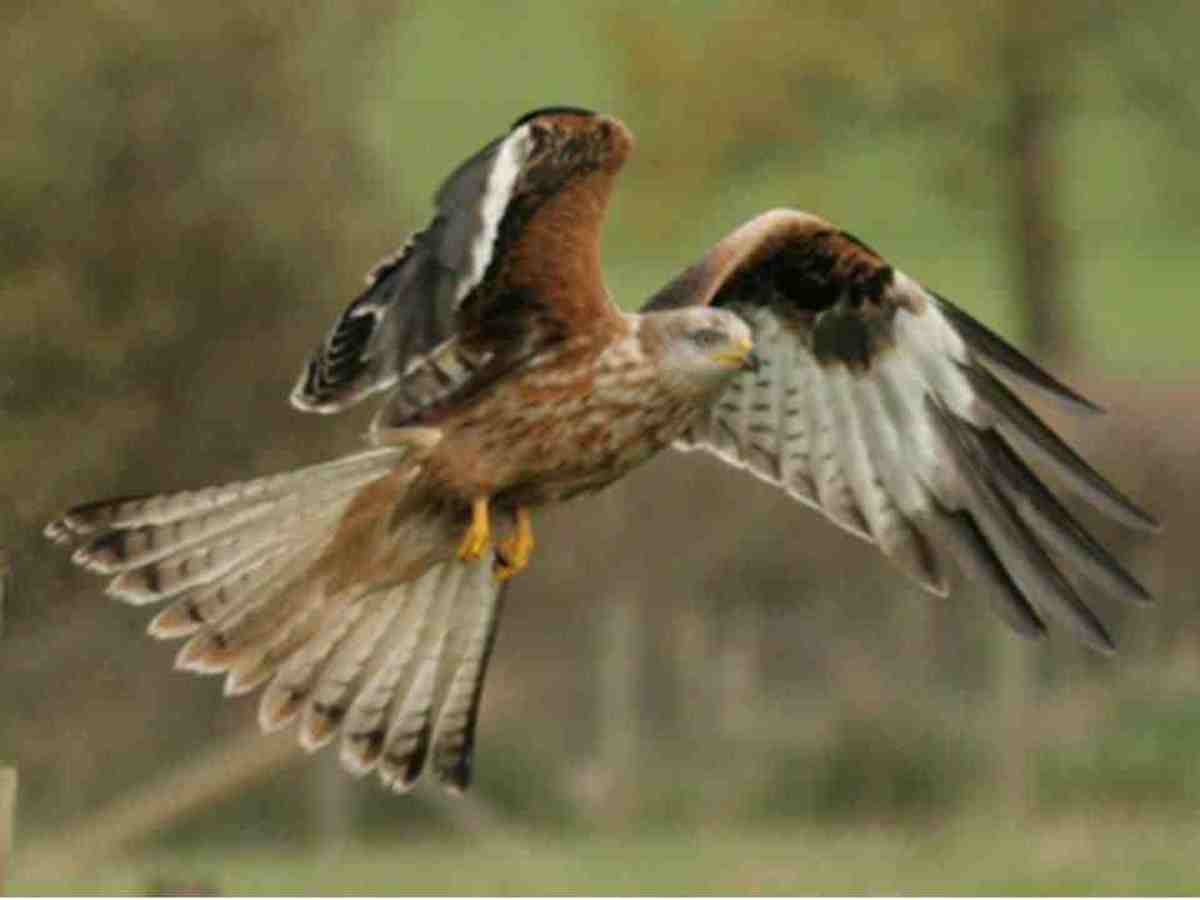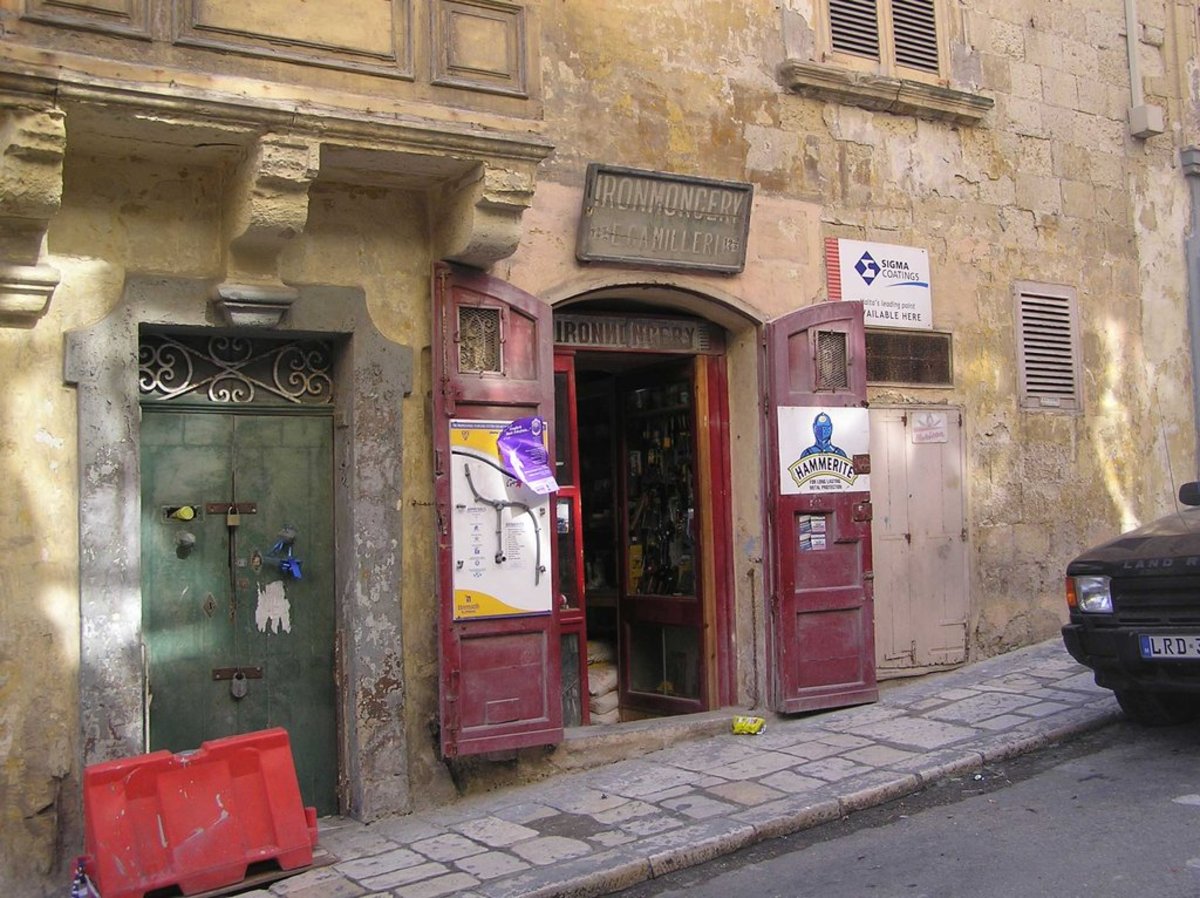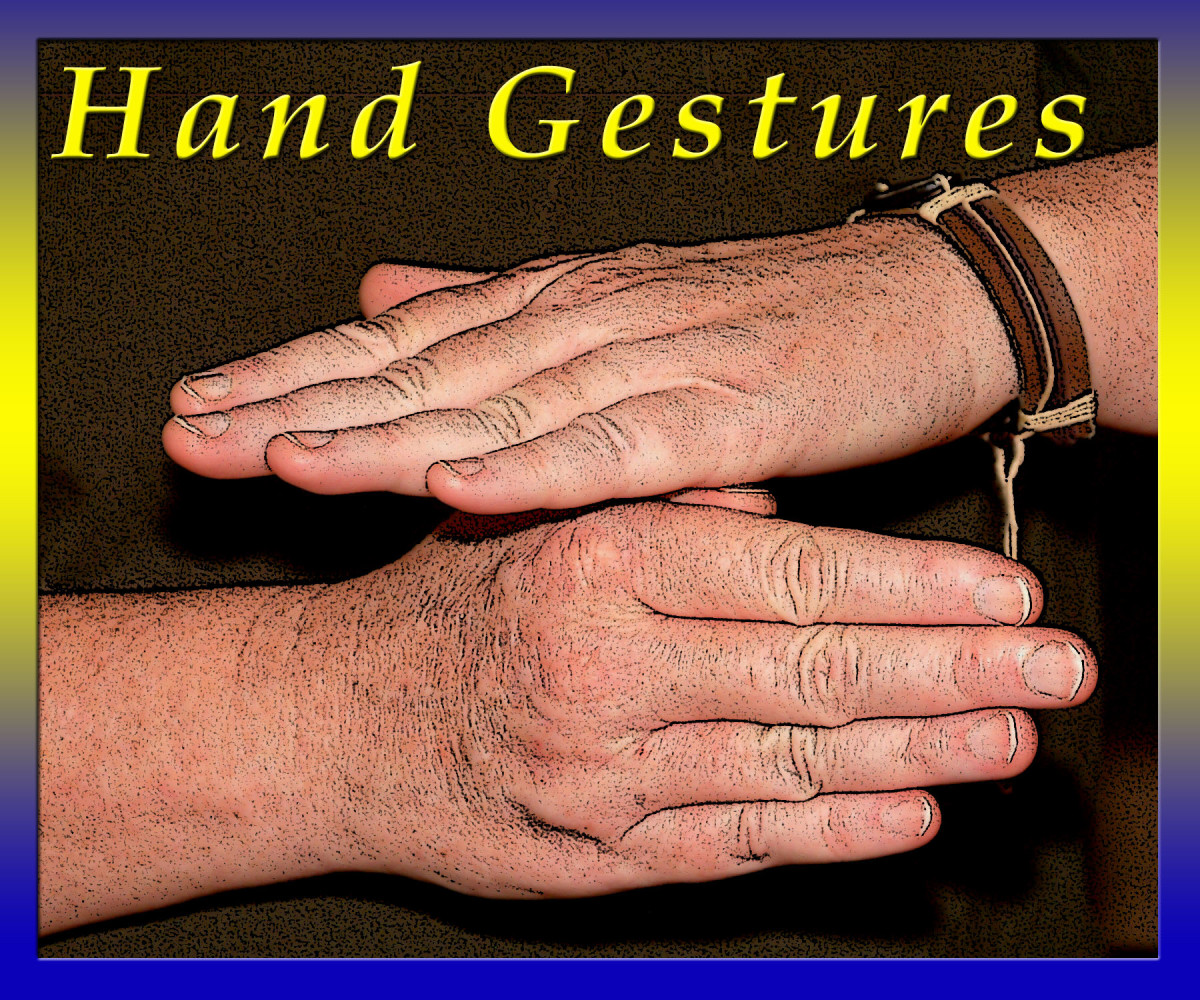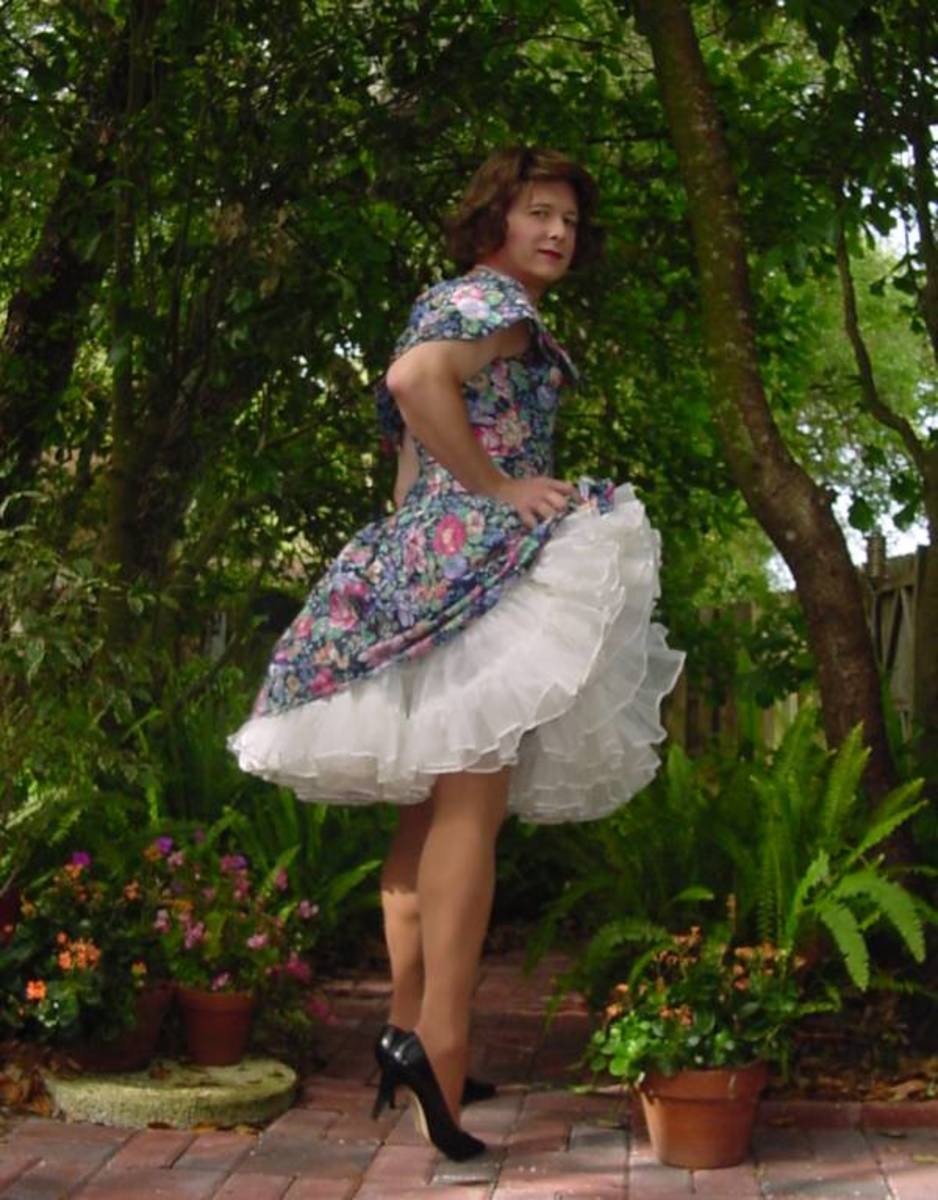Photographing Birds of Prey
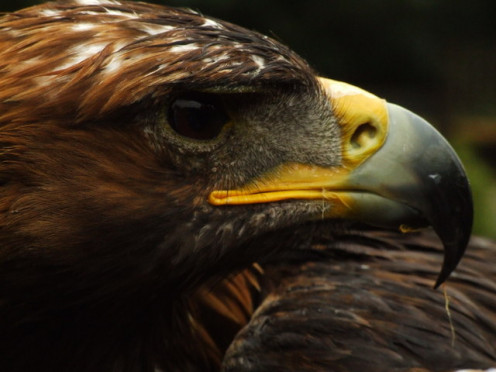
Birds of prey is a project that can bring out the best of images about an often misunderstood species and although photographing them in the wild can prove to be quite difficult there are alternatives. Also to be mindful is that your images can have a positive effect on people by exposing them to the beauty and ultimate benefits that these wonderful animal subjects bring to the natural world.
Some of the better known species are owls, falcons, eagles but there are quite a number of other birds that although less known, are still regarded as birds of prey. Your most salable images will be found among the hardest to photograph species due in fact to their elusiveness and numbers. If your part of the world is within the range of any of these, you should make a very concerted effort to seek them out. Among these are the osprey, crakes, kites, and harriers.
"Birds of prey are birds that hunt for food primarily on the wing, using their keen senses, especially vision. They are defined as birds that primarily hunt vertebrates, including other birds. Their talons and beaks tend to be relatively large, powerful and adapted for tearing and/or piercing flesh. In most cases, the females are considerably larger than the males. The term "raptor" is derived from the Latin word rapere (meaning to seize or take by force) and may refer informally to all birds of prey, or specifically to the diurnal group.[1] Because of their predatory lifestyle, often at the top of the food chain, they face distinct conservation concerns."Wikipedia
As with many animal subjects your main focus should be on the bird's eyes. Even if the entire image is clear and in focus if the eyes are not clearly visible and perfectly in focus the image as a whole loses appeal.
There are several factors to consider when conducting this particular project. Among these is doing some research into your subject's habits such as do they mainly hunt during the day or at night like most owls do. Where do they typically nest, how many young do they normally raise at a time, what are their favorite prey and so on.
This makes it a little easier to prepare for the shoot. One thing to seriously consider is to locate a bird sanctuary or nature center that has some of these specimens and photograph them there. They will more than likely be used to people being around them and gaining access to record their images is simpler.
When recording their images you should use your camera in a manual mode and set the aperture to its largest setting or at least as large as the lens allows. This will cause the background to be thrown out of focus, therefore focusing on the principal element with that being the bird subject.
Be prepared to use a lens that is capable of focusing fast and using a fast shutter speed to capture them while in flight as most of the action occurs rather quickly. Set your film speed of camera speed to an equivalent speed/film rating of 400. This will be an optimal f stop/speed combination to capture most action clearly and in sharp focus. If you are able to locate a subject while it is perched, then using a tripod is advisable but often unrealistic as they can take flight at a moments notice and preparing your tripod/camera set up can rob you of valuable time. Be ready to do most shots in a hand held mode.
Your research should also lead you to the best locations where wild specimens can be found. Once you locate them use a zoom lens and capture as many images as you can; entire boy, head and facial details. If you spend enough time studying then you can almost predict the times and little things that can often be good predictors of when they are getting ready to strike.
Something else worth adding to a complete photographic project regarding these subjects are images of their natural prey to communicate to an audience the type of usually damaging critters which these birds help control such as mice, rats and in some cases insects. Specially noteworthy are owls.
There are some subjects that only hunt at night, with owls being the main players. Ask a naturalist or zoological society near you to give you suggestions as to the best locations to find these creatures. Once you obtain a good location and locate an owl's nest, then prepare and set up for night photography/ Around dusk you may start noticing the parents slowly emerging for this nest and getting ready to start their nightly hunting trips. using flash will probably be useless due to distance between you and your subject so the best options are to record them while they sit a top the nest. Again, here is where photographing at a natural preserve or bird sanctuary or zoo becomes a viable alternative.
Their main diet is often mice that inhabit rural and urban areas and they can consume large quantities of these pest therefore aiding us by controlling them. If you are able to locate owls, you must do a concerted effort to record images of their eyes as they are usually bright yellow and very beautiful to look at.
Be aware that the majority of the birds of prey are protected species and disturbing them them and their nesting areas is strictly prohibited thus making a zoom lens in the range of about 400mm that much necessary.
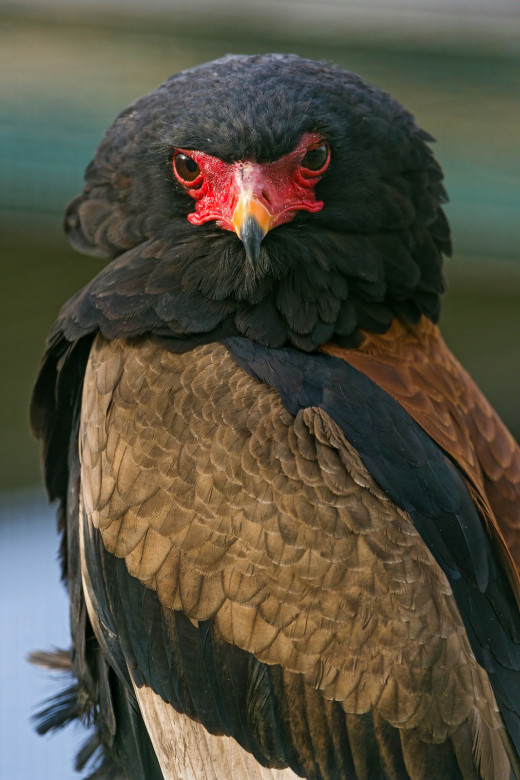
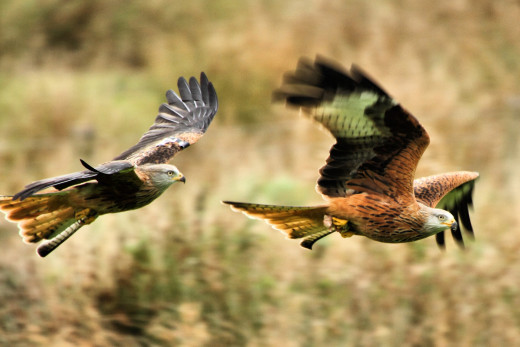
Part of this project should be done as a conservation effort; to bring awareness of the creatures to the general public.The other aspect would be to sell the images. Good images are always in demand by photographic stock houses and most of the naturalist publications.
Consider doing some of the images in an effort to gain recognition by submitting them, free of charge, to specialized non profit organizations such as the National Audubon Society of the United States as well as many local zoological and nature societies.
If you are also a good writer or can even have someone else write words to go with your images, thish would be a good project to convert into an e book or a hard copy one.
A calendar is also a very good medium that will showcase your photographs quite well, assuming off course that these image are top notch.
Remember that most subjects have already been photographed so you must endeavor to do the project with creativity as one important goal.
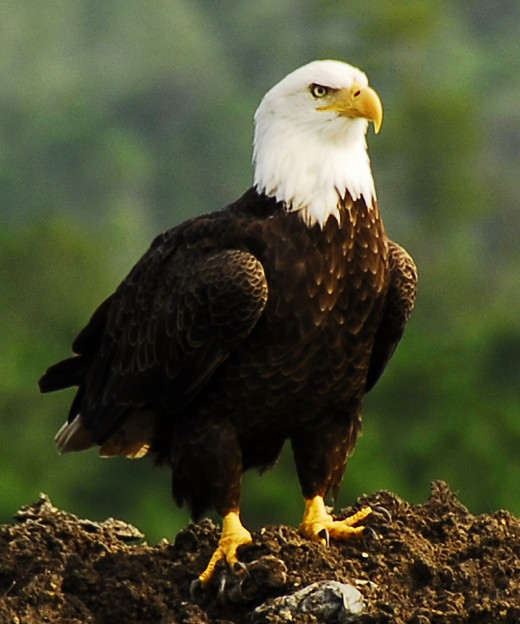
- Bird of Prey Pictures - National Geographic
See pictures of raptors or birds of prey (including eagles, falcons, hawks, and more) in this birds photo gallery from National Geographic.
Does this appeal to you?
© 2012 Luis E Gonzalez



